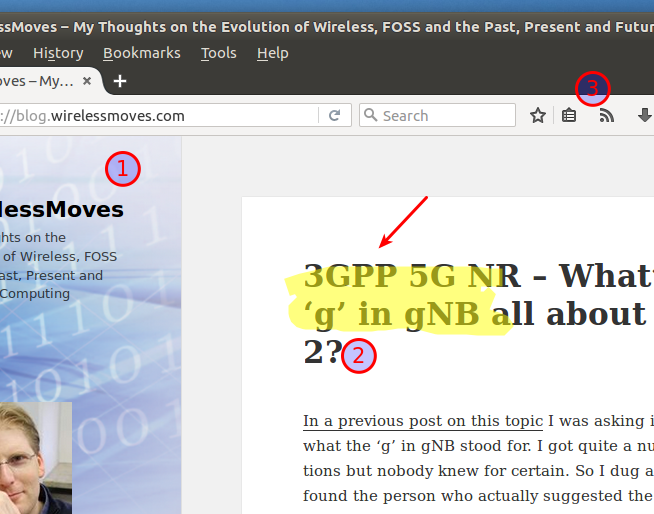Back in 2016, I’ve written quite a number of blog posts about how to set up a server at home that is reachable over IPv6. Here’s a link to the summary. Over time one forgets some of the details so I recently couldn’t remember anymore if I’ve just opened my IPv6 firewall for single ports to the IPv6 Interface ID of my server or if I had given a ‘carte blanche’. No worries, as after all, who can find me in 128 bits of IPv6 entropy? But then I watched this talk at the recent 33C3 conference and I got worried enough to check my setup like real quick…
Continue reading 33C3: IPv6 at Home – Make Sure Your IPv6 Firewall Works As Intended!

